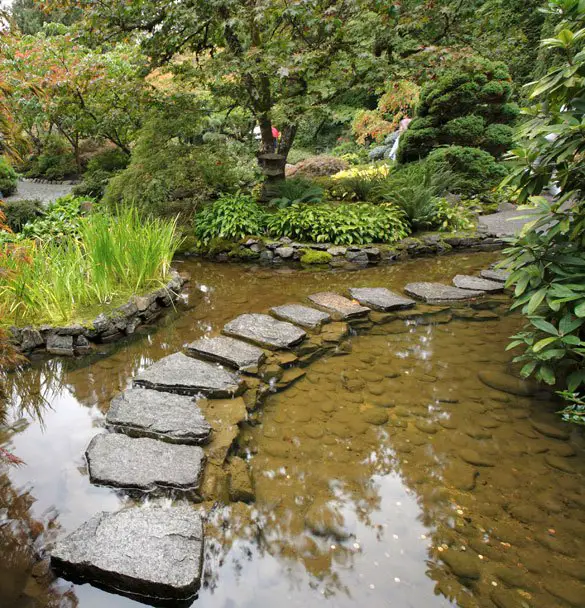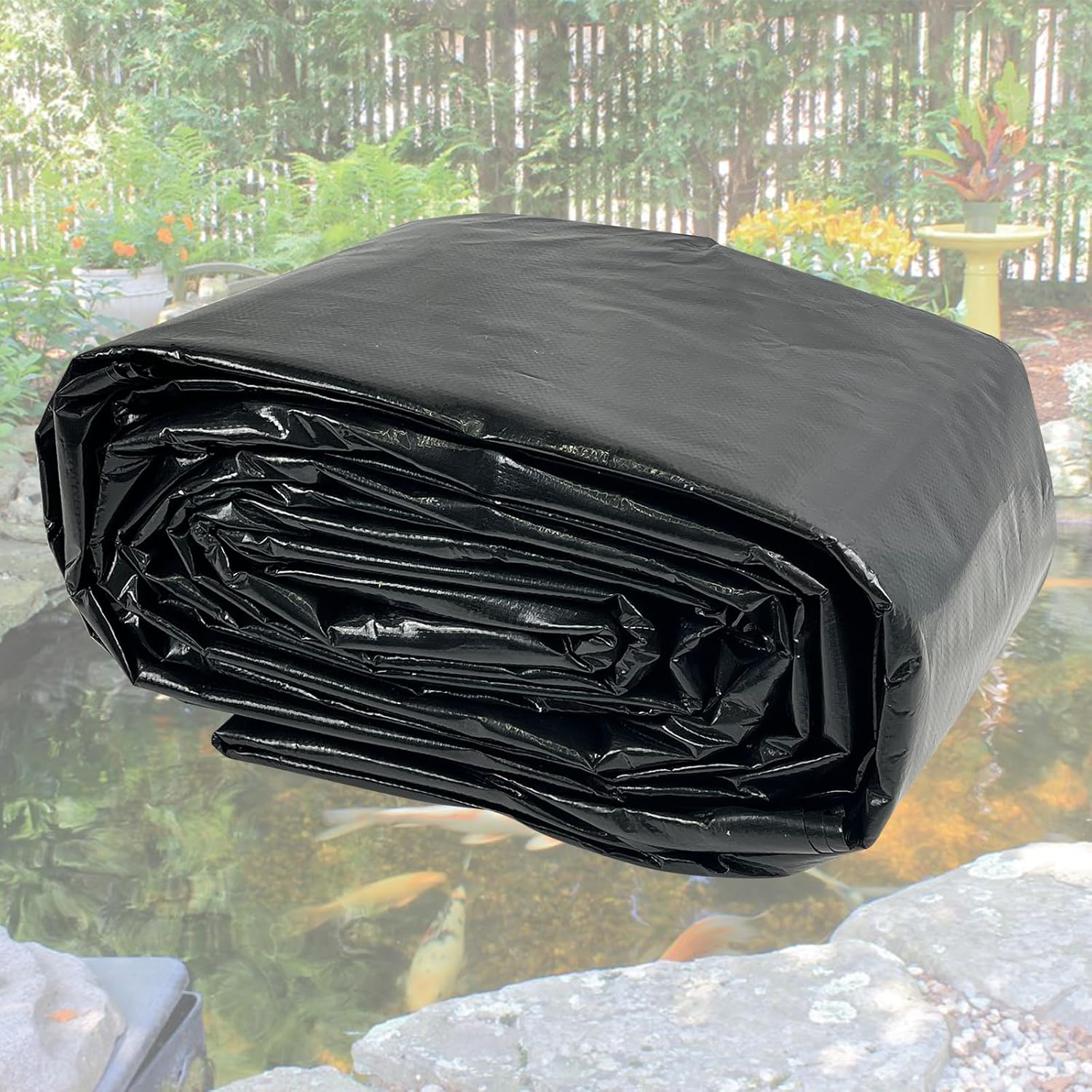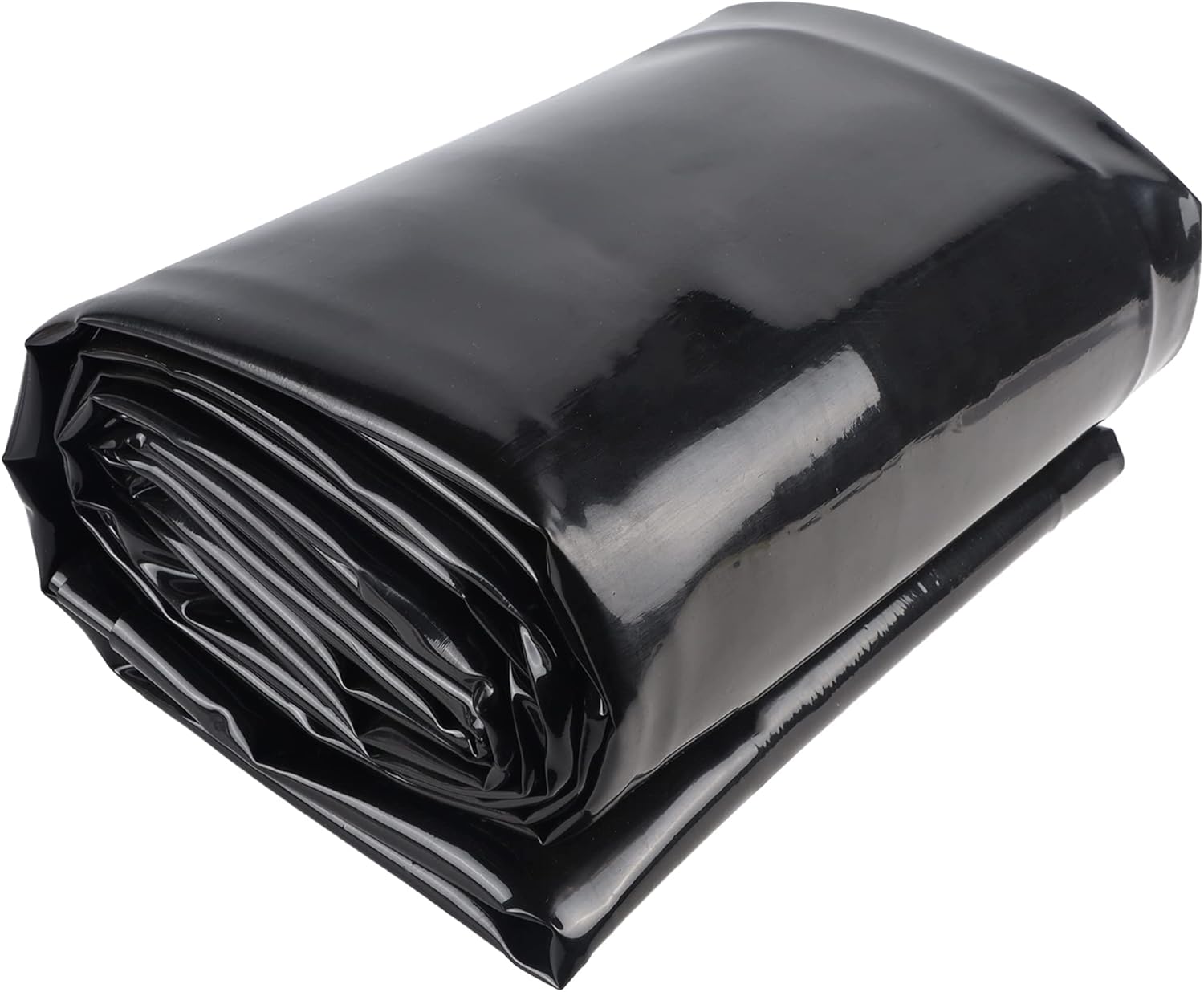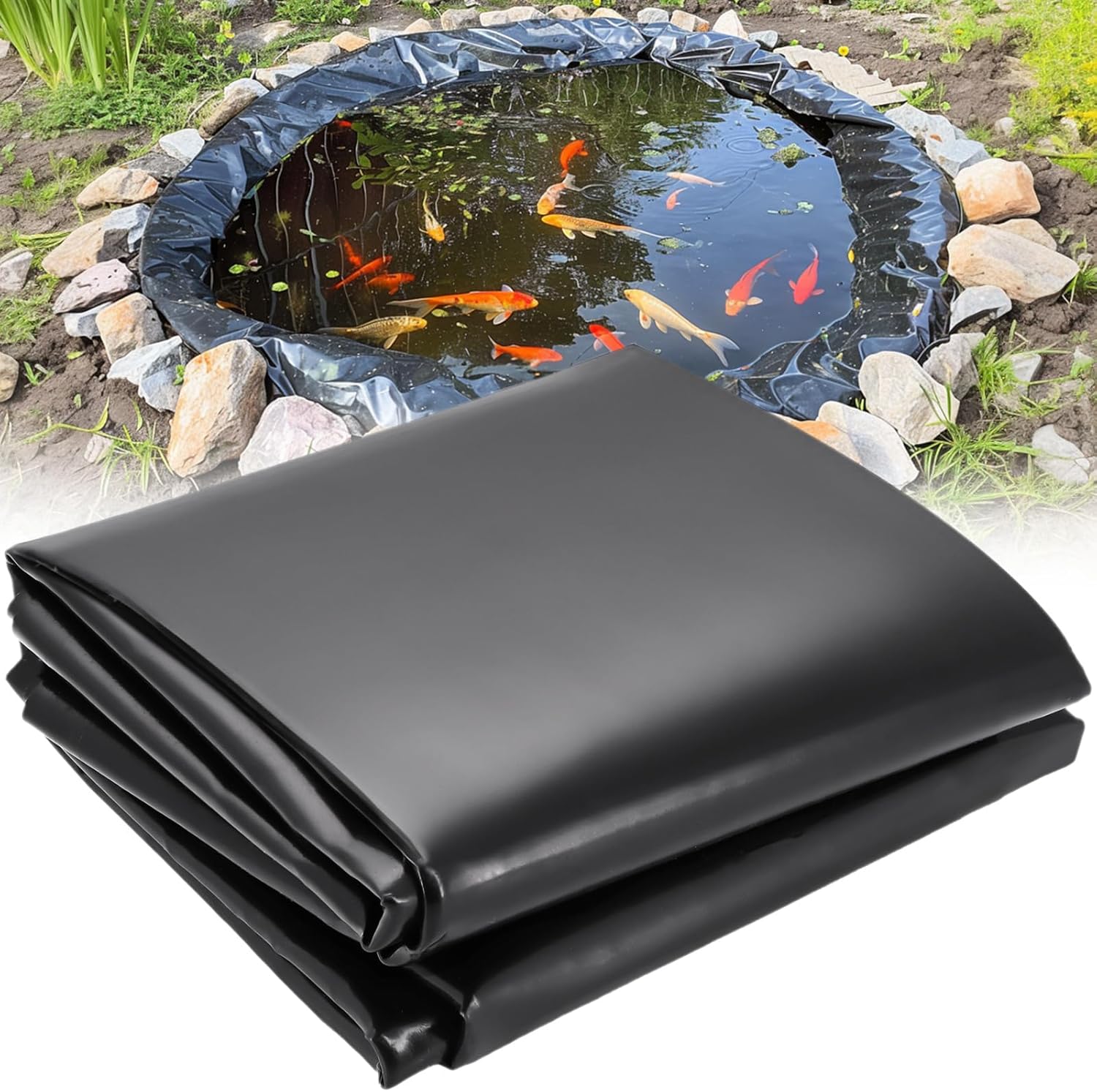Are you looking to enhance your garden or backyard with a sustainable water feature? Building a rainwater pond is a great way to create a beautiful and eco-friendly oasis. In this comprehensive guide, we will walk you through the process of building your own rainwater pond from start to finish.
5 Best Durable Pond Liners For Outdoor Ponds, Garden Fountain, And Waterfall
Step 1: Planning Your Rainwater Pond
Before you start digging, it’s essential to plan out your rainwater pond. Consider the size and location of your pond, as well as any additional features you may want to include, such as a fountain or aquatic plants. Make sure to check local regulations and obtain any necessary permits before beginning construction.
Step 2: Choosing a Location
Find a suitable spot in your yard that receives a good amount of rainfall and sunlight. Make sure the area is clear of any underground utilities or structures. Avoid low-lying areas that may be prone to flooding, as you want to ensure proper drainage for your rainwater pond.
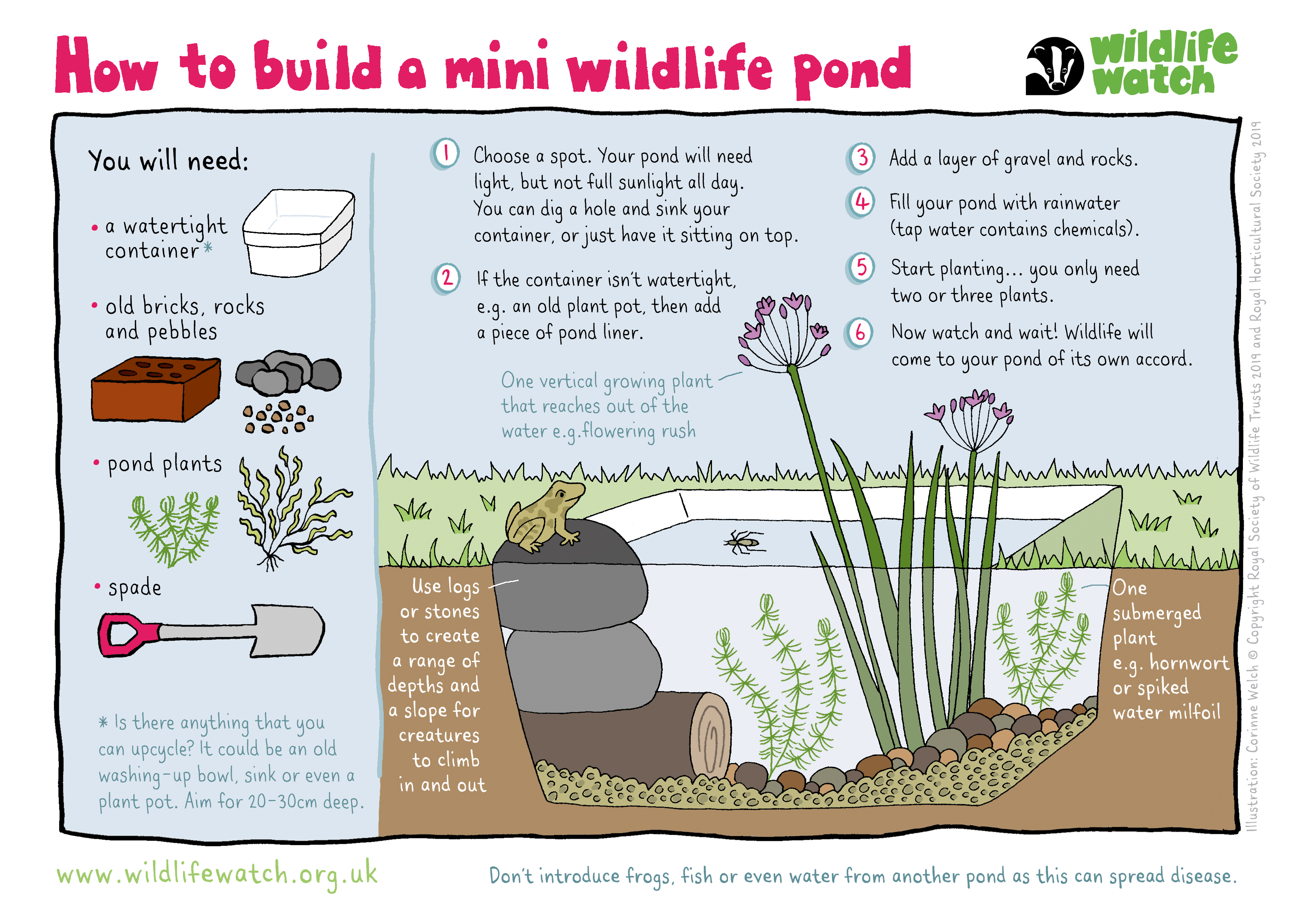
Credit: www.wildlifetrusts.org
Step 3: Digging the Pond
Now it’s time to start digging! Use a shovel or, for larger ponds, consider renting a small excavator. Create a design for your pond shape and begin digging according to your plan. Remember to create varying depths to accommodate different types of aquatic plants and wildlife.
Step 4: Installing a Liner
To prevent water from seeping into the surrounding soil, you will need to install a pond liner. Choose a high-quality, durable liner that is resistant to UV rays and punctures. Carefully place the liner in the hole and smooth out any wrinkles or folds.
Step 5: Adding a Filtration System
For a healthy and thriving rainwater pond, you’ll need to install a filtration system to keep the water clean and clear. Consider incorporating a combination of mechanical, biological, and chemical filtration methods to maintain optimal water quality.
Step 6: Filling the Pond
Once your pond is fully lined and the filtration system is in place, it’s time to fill it with rainwater. Depending on the size of your pond, you may need to supplement with additional water sources. Allow the pond to fill naturally or use a hose for faster filling.
Step 7: Adding Aquatic Plants and Wildlife
Enhance the beauty and biodiversity of your rainwater pond by adding a variety of aquatic plants and wildlife. Choose native plants that are well-suited to your climate and provide habitat for fish, frogs, and other aquatic species. Introduce these elements gradually to allow them to acclimate to their new environment.
Step 8: Maintenance and Care
Regular maintenance is key to keeping your rainwater pond healthy and thriving. Monitor water quality, clean filters regularly, and remove any debris that may accumulate on the surface. Periodically check the pond liner for any signs of wear or damage and make any necessary repairs promptly.
Benefits of a Rainwater Pond
Building a rainwater pond offers a host of benefits for both you and the environment. Rainwater ponds help conserve water, provide habitat for wildlife, and create a tranquil and relaxing outdoor space. By incorporating sustainable water features into your landscape, you can reduce your water consumption and support local ecosystems.
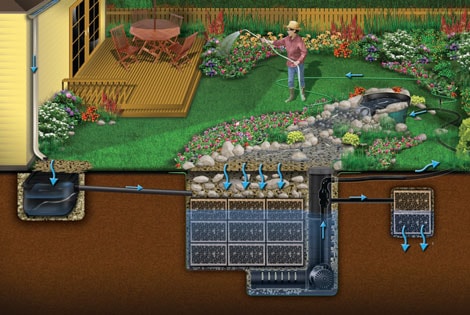
Credit: www.thepondguy.com
Conclusion
Building a rainwater pond is a rewarding and environmentally friendly project that can enhance the beauty of your outdoor space. By following these steps and dedicating time to proper planning and maintenance, you can create a stunning rainwater pond that will bring joy and sustainability to your garden for years to come.


